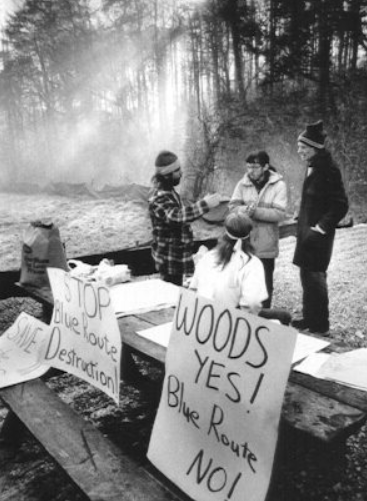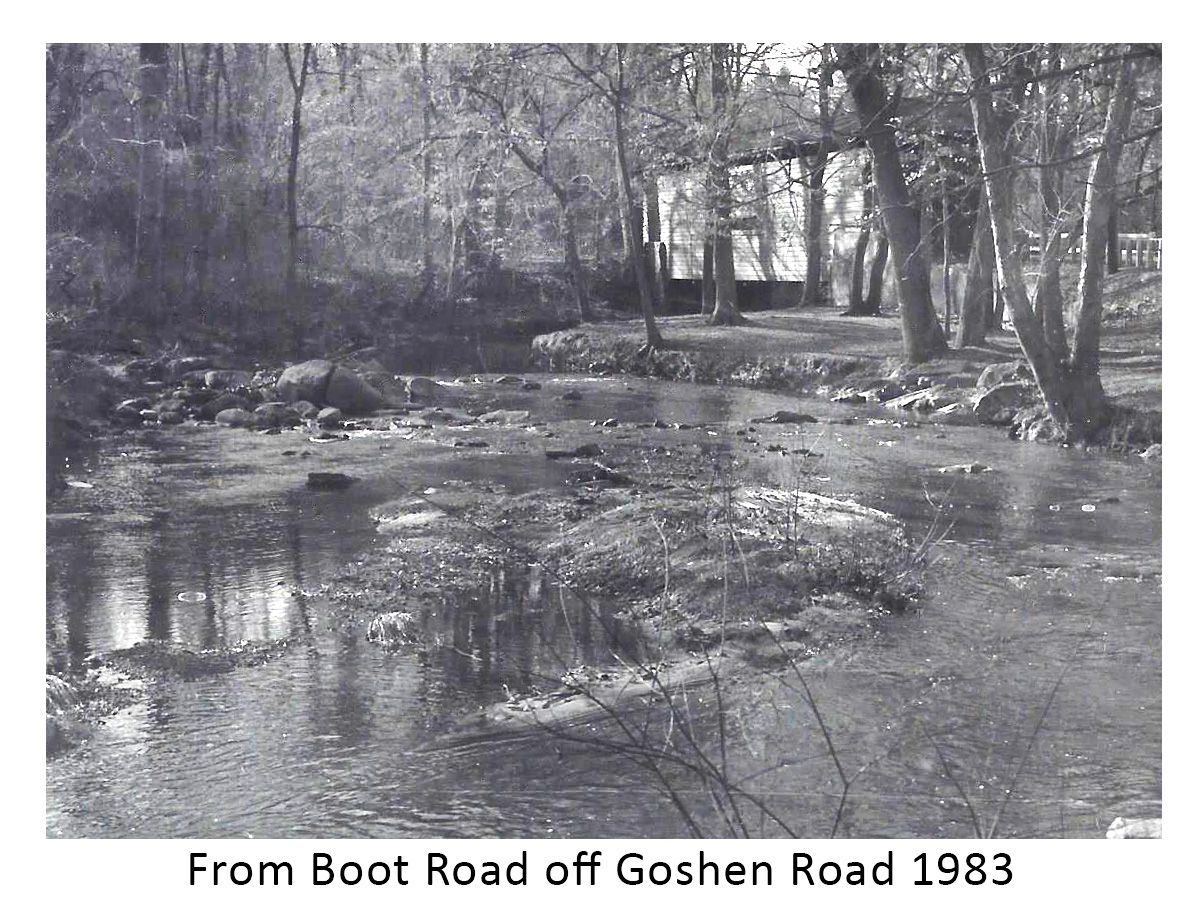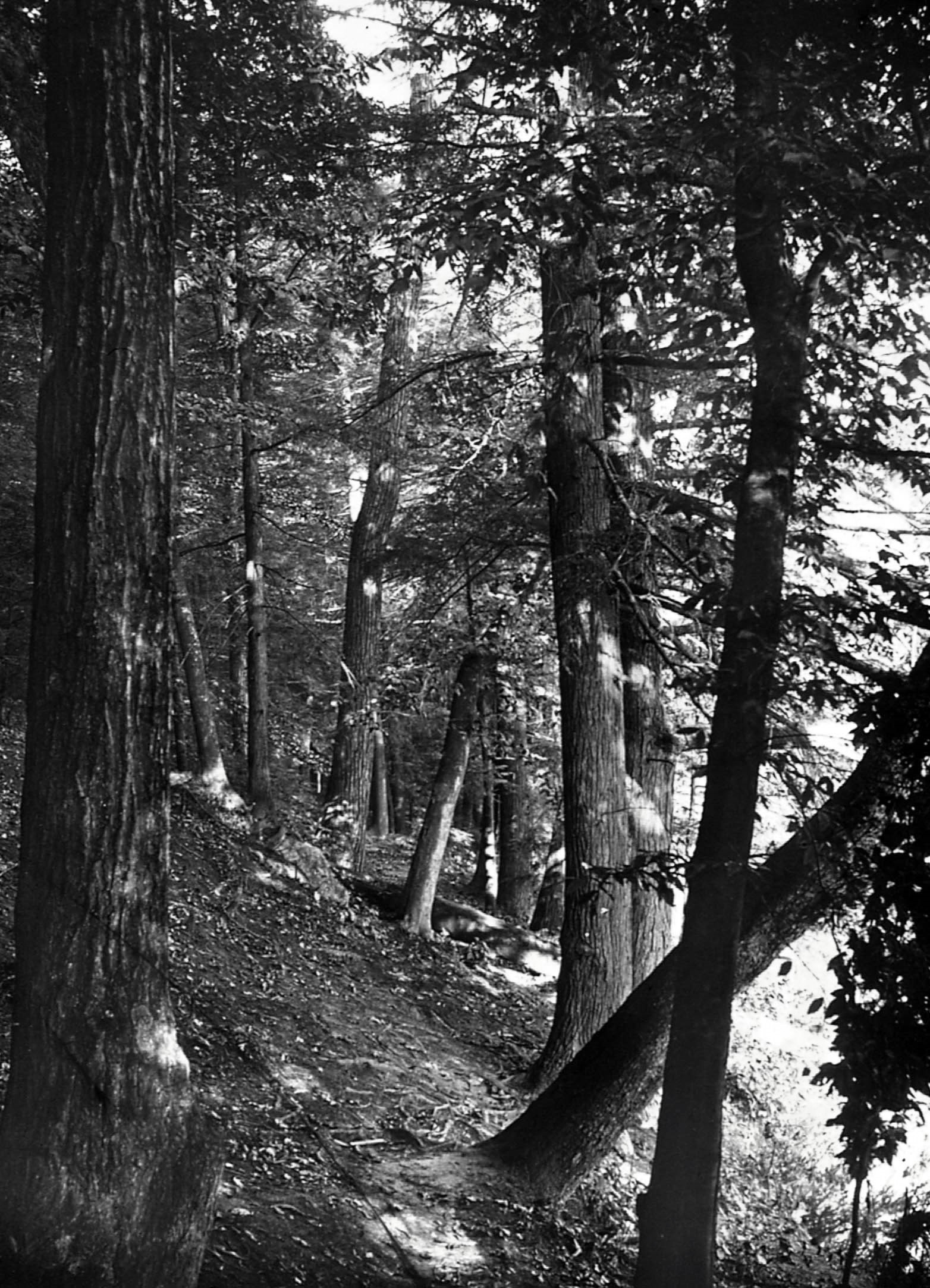History of CRC
Today, CRC exists to directly address the fact that 95% of our area streams are categorized as impaired by the State of Pennsylvania, and it is these same streams that are the basis of our drinking water supply, our local biodiversity, and our areas for recreation and enjoyment.
CRC was established as a 501(c)(3), non-profit corporation in 1970, over 50 years ago, by a group of local citizens concerned about the impacts of increasing urban and suburban development on the three watersheds in the area – namely the Chester, Ridley, and Crum Creek watersheds – including the main stems of these creeks and their tributaries. Although concern surrounding the impact of development on water quality was at the forefront of their minds, the ongoing construction of the Blue Route was the tipping point, motivating action and organization, as individuals and entities fought to counter the proposed location and mitigate the impacts of the highway.
Through its early years, and into the late 1980s, CRC, which was an all-volunteer organization, leveraged the interests and energy of its Board and membership to comment upon and influence the permitting and construction of the Blue Route, until March 24, 1986, when the Blue Route’s path to completion was cleared by the Supreme Court of the United States, which upheld a Third U.S. Circuit Court of Appeals’ decision to allow construction to proceed.
CRC took on new energy in the mid-1990s, when Board leadership initiated watershed wide cleanups in early Spring, which continue today. These cleanups leverage CRC’s strong relationships with area municipalities and townships, coordinating trash and debris removal from area streams with public works collection and disposal of garbage accumulated by volunteers. In 2023 alone, CRC volunteers removed over 36,000 lbs of trash.
CRC decided to expand its efforts to fulfill its mission around the turn of the century, by hiring staff to pursue funding and execute programs. Since that time, CRC has established a rigorous and productive tree planting and care program, an Annual Awards Event recognizing outstanding community service, and an Education and Outreach program which provides diverse opportunities for community engagement. All of these changes point to CRC responding to the community that desires “shovel and rake” programs that improve watershed health addressing stream impairment and improving the source of our drinking water.
The future is bright for CRC as we continue to directly address stream and riparian corridor restoration and enhancements through our programs including tree plantings, invasives management, and the implementation of best management practices for sediment and nutrient control. Finally, CRC will continue to expand and enhance its volunteer coordination and programs, growing community capacity to support healthy watersheds and life styles in the years and decades to come.



